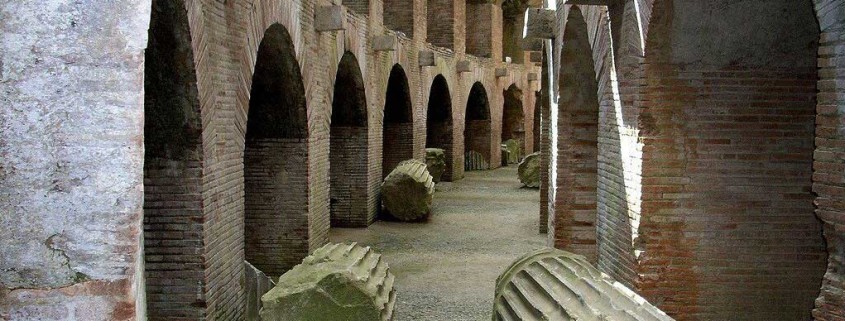Info Tour
Tour n. 9: Campi Flegrei – Vulcano Solfatara
From: Naples / Sorrento / Amalfi / Salerno
Duration: 8 ½ hours
Pick–up: 8:00
Drop Off: 16:30
Price from: € 42,00 p.p
Tour Service
Included: Deluxe Mercedes Vehicle, English speaking driver, water bottle 500 ml, free Wi-Fi on board, All tolls, parking, petrol.
Not Included: Entrance tickets (where applicable), meals, tips, Authorized guide (available on request).
Note: Every itinerary, the time of the pick-up and drop-off can be modified to fit any special need or request.
Phlegrean Fields & Solfatara Volcano
In the western surroundings of Naples, there is a large volcanic area, very rich in history, art and nature: the Phlegrean Fields (Burning Fields, in the Greek language).
In the past, because of the tremors and noises provoked by the volcanoes, it was a common belief that this was the area where the fight between the Titans and Zeus took place. After being defeated by Zeus, the Titans were imprisoned under the volcanoes. Today, this area looks like a large caldera in a dormant state, with a diameter of about 12 to 15 kilometers. Wherever you look, you can see the impressive volcanic nature of the area, and you can still recognize at least 24 craters or volcanic areas.
Most of these craters are dead, but one is still active: the Solfatara crater, with its fumaroles and the volcanoes of boiling mud. Many craters have been filled up with water, and they have become volcanic lakes, like the lake of Averno (Homerus and Virgilius thought it was the entrance to hell), the lake of Lucrino (in the Roman Age, it was connected to Lake of Averno through a canal to build a large port, used as a dockyard: the Portus Iulius), and the lake of Fusaro (where, at the end of the XVIII century, the Neapolitan architect Luigi Vanvitelli built a wonderful Royal Casino for the Bourbon king).
Few places in the world have so much history and so many monuments, as the Phlegrean Fields. Among the archaeological buildings, we have the Amphitheater from Flavian and Nerorian Age (the third largest in Italy, after the Colosseum and the Amphitheater of Capua), the Necropolis of Cuma (the ancient Greek colony), with the charming Antro della Sibilla (where, according to Virgilius, the priestess of Apollo lived), and the Macellum (the market in Puteoli, built in the II century b.C.), better known as the Temple of Serapis (for a statue representing Serapis, found during the excavations in 1750).







